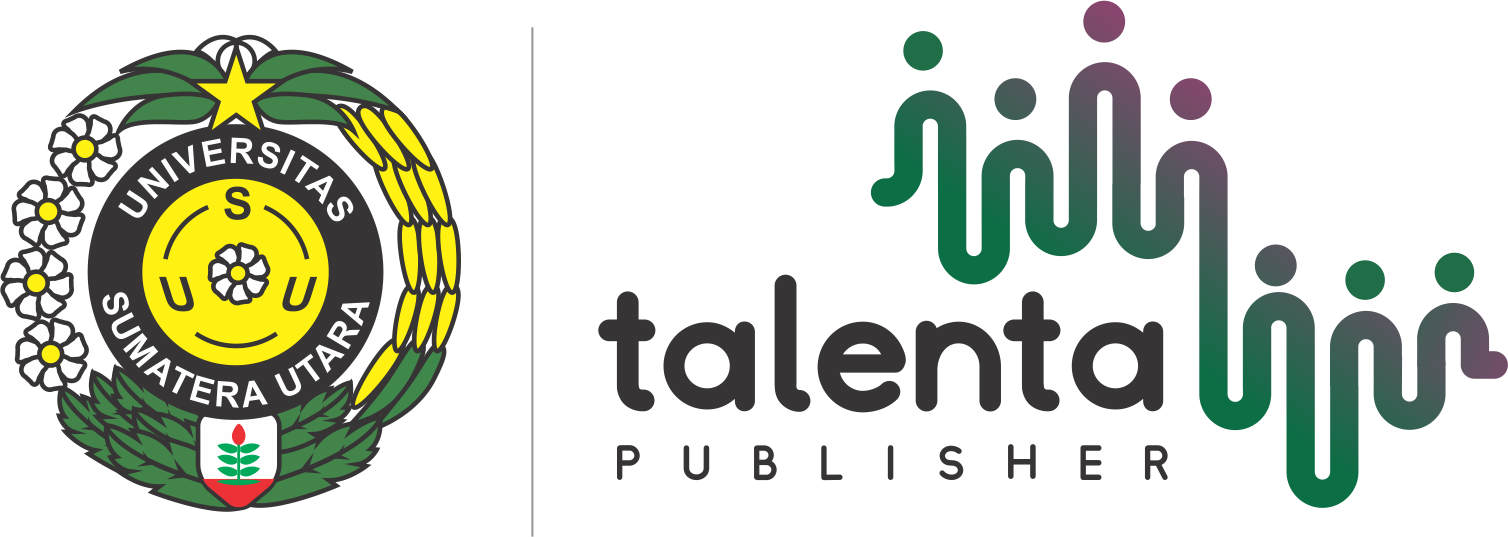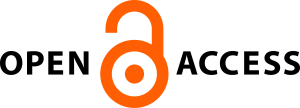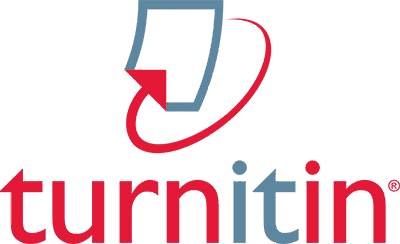Optimisasi Bahan Baku Menggunakan Metode Economic Order Quantity (EOQ) pada Toko Roti XYZ
| Authors | ||
| Issue | Vol 8 No 1 (2025): Talenta Conference Series: Energy and Engineering (EE) | |
| Section | Articles | |
| Section |
Copyright (c) 2025 Talenta Conference Series: Energy and Engineering (EE)  This work is licensed under a Creative Commons Attribution-NonCommercial-NoDerivatives 4.0 International License. |
|
| Galley | ||
| DOI: | https://doi.org/10.32734/ee.v8i1.2668 | |
| Keywords: | Persediaan Metode EOQ Biaya Lead Time Inventory Methods EOQ Cost | |
| Published | 2025-07-28 |
Abstract
Stok barang atau material yang disimpan oleh perusahaan disebut persediaan, yang berfungsi untuk memenuhi kebutuhan operasional dan produksi, baik dalam waktu dekat maupun untuk periode yang lebih lama. Fungsi utama persediaan adalah menjamin kelancaran proses produksi, sehingga pengelolaannya harus dilakukan secara efisien dan efektif. Pengendalian persediaan memiliki peran penting karena secara langsung memengaruhi besaran biaya yang dikeluarkan oleh perusahaan. Dengan menggunakan pendekatan Economic Order Quantity (EOQ) diharapkan dapat memberikan biaya yang optimal. Berdasarkan hasil analisis, diperoleh bahwa untuk bahan baku tepung terigu, jumlah pemesanan optimal dilakukan sebanyak 5 kali dalam satu periode, dengan jumlah pemesanan per siklus sebesar 14.076 kg. Untuk bahan baku tepung tapioka, jumlah pembelian optimal adalah sebanyak 2 kali dengan jumlah pesanan per siklus sebesar 3.139 kg. Sementara itu, bahan baku gula menunjukkan hasil optimal dengan frekuensi pemesanan sebanyak 4 kali dan ukuran pesanan sebesar 10.361 kg per siklus. Dari hasil perhitungan, diketahui bahwa metode EOQ menunjukkan total biaya sebesar Rp 14.380.000, jauh lebih rendah dibandingkan dengan biaya persediaan aktual perusahaansebesar Rp 24.900.000. Dengan demikian, penerapan model EOQ ini berpotensi memberikan efisiensi biaya sebesar 42,2% terhadap total biaya persediaan. Temuan ini menunjukkan bahwa penerapan metode EOQ secara konsisten dan akurat dapat menjadi strategi yang efektif dalam mengelola persediaan serta meningkatkan efisiensi operasional perusahaan secara keseluruhan.
Inventory refers to the stock of goods or materials stored by a company to meet operational and production needs, both in the short and long term. The main function of inventory is to ensure the smooth continuity of the production process, which requires efficient and effective management. Inventory control plays a crucial role as it directly impacts the cost incurred by the company. By using the Economic Order Quantity (EOQ) approach, it is expected to achieve optimal costs. Based on the analysis, the optimal order quantity for wheat flour is determined to be 5 times per period, with an order quantity of 14,076 kg per cycle. For tapioca flour, the optimal purchase frequency is 2 times, with an order quantity of 3,139 kg per cycle. Meanwhile, for sugar, the optimal frequency of ordering is 4 times, with an order quantity of 10,361 kg per cycle. The calculations show that the EOQ method results in a total cost of IDR 14,380,000, which is significantly lower than the actual inventory cost of the company amounting to IDR 24,900,000. Therefore, the application of the EOQ model can potentially provide a cost savings of 42.2% in total inventory costs. These findings indicate that the consistent and accurate application of the EOQ method can be an effective strategy for inventory management and improving overall operational efficiency of the company.





